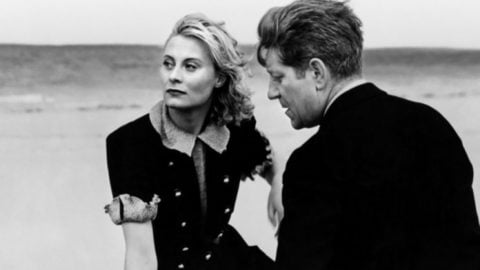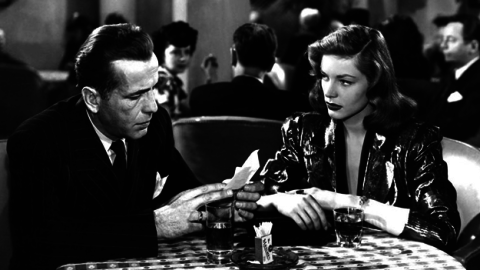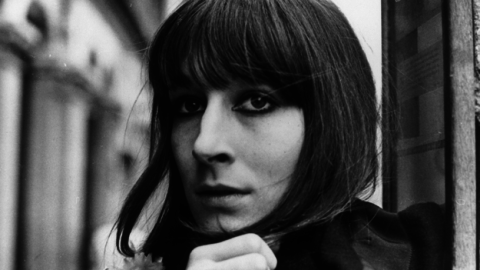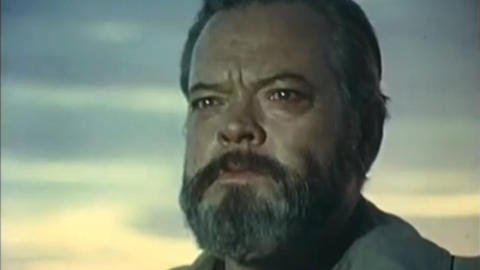Beat the Devil (1953)
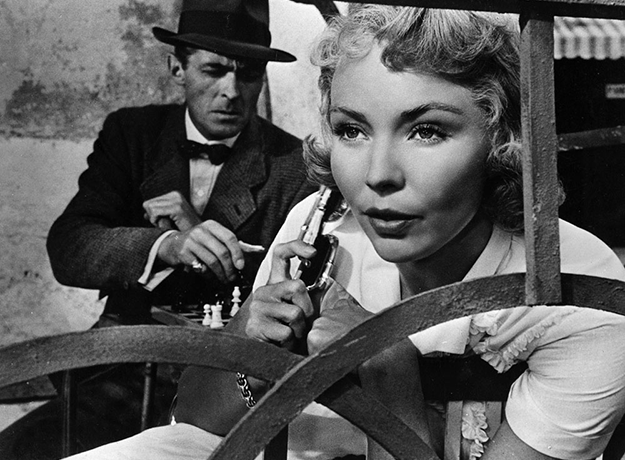
Beat the Devil has weathered time and travails better than anyone could have expected. Director John Huston, top-billed Humphrey Bogart, and screenwriter Truman Capote had (way too much) fun making it despite multiple disasters, which included Huston’s drunken fall off a cliff and an auto accident that shattered Bogart’s bridgework. And the movie has long had devoted fans, despite opening in 1953 to bad reviews and poor box office.
But in one sense the film has been cursed indeed, as it sank into public domain long ago, and it’s been years since a decent version was circulating. The Beat the Devil that I and many others knew had been recut in a doomed effort to salvage its initial release and loaded with a somnolent narration by its lead, Humphrey Bogart. Multiple VHS copies and even revival screenings were soft and blotchy. It was filmed on Italy’s Amalfi coast, one of the world’s most beautiful locations, yet every scene looked smoggier than Los Angeles in August, even the ones on a boat or inside a hotel room.
In a revival world where 4K restorations may be leaving some folks a little jaded (“Another restoration?” is a thing I have heard in lobbies) the Film Foundation’s work on Beat the Devil is truly astonishing. The narration is gone, thank goodness, and some unjust cuts have been put back. As for the overall image clean-up, it’s like those stories where someone buys a dog portrait at a yard sale, wipes off the dirt, and discovers there’s a 17th-century painting underneath. With John Huston’s favorite cinematographer Oswald Morris on the job, the locations look ravishing, shot with a crispness that extends all the way to the horizon. In one key scene between Jennifer Jones and Humphrey Bogart, played on a high terrace, I barely caught a word they said because I couldn’t bear to concentrate on anything but the view.
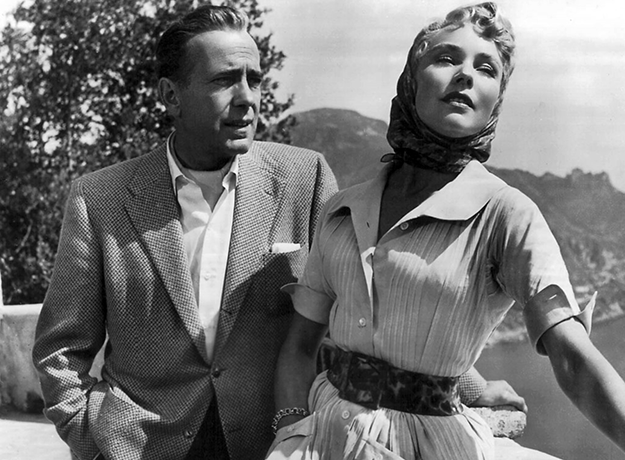
The restoration reveals an unbelievable amount of detail. You can spot the difference between one set of Bogart teeth and another; you can see the makeup on Gina Lollobrigida’s skin, and the shimmer of the dye on Peter Lorre’s hair. Morris’s lighting brings out textures: Bogart’s sweater vests, the muslin dresses on the women, the weave of Lorre’s wool jacket, the boning in Jones’s strapless bathing suit. This all may sound distracting, but it’s beautiful, in my view. I would never have called Beat the Devil one of Huston’s most aesthetically pleasing movies, not while there was a single print of The Asphalt Jungle, The Treasure of the Sierra Madre, or the opening of Moulin Rouge kicking around, but as it turns out, it is.
But while Beat the Devil is orders of magnitude easier on the eyes this time around, my impression of how the movie hangs together has changed less. Bogart plays Billy Dannreuther. Formerly a rich man with his own villa, Dannreuther still has a lusciously beautiful wife (Lollobrigida). But he has fallen so far he’s now in cahoots with the self-aggrandizing, majestically fat Petersen (Robert Morley), leader of an aging and rather run-down gang, played by Ivor Bernard, Marco Tulli, and the peerless Peter Lorre as a German named O’Hara (“Many Germans in Chile have come to be called O’Hara,” he explains placidly). Into the midst of this very bad lot stroll Harry and Gwendolyn Chelm (Edward Underdown and Jones), ostensibly an English squire and his lady. Together this oddball assortment hangs around waiting for a ship that will take them to Africa, where Petersen & Co. hope to grift their way into ownership of a uranium mine.
Touted in Ronald Bergan’s The United Artists Story as “a parody of [Huston’s] own style, of The Maltese Falcon and films of that ilk, of Bogart’s persona and tall tales in general,” Beat the Devil never struck me as nearly that much fun. I wouldn’t go so far as star, producer, and large-investment-loser Bogart, who said, “Only phonies like it,” but I watch the capers on screen like the designated driver at a party full of garrulous drunks. Too many jokes are eye-rollers, like a shot of Lollobrigida’s décolleté that Frank Tashlin would have jettisoned as too obvious. There is way too much of the overacting of Underdown, Jones looks as uncomfortable as her wig, and the tiresome Chelms are around much more than Bogart and his compadres. Fortunately, when the focus is on Morley, Lorre et al., I perk up considerably. A small moment late in the movie when Morley sucks on the end of his tie for self-comfort is one I treasure.
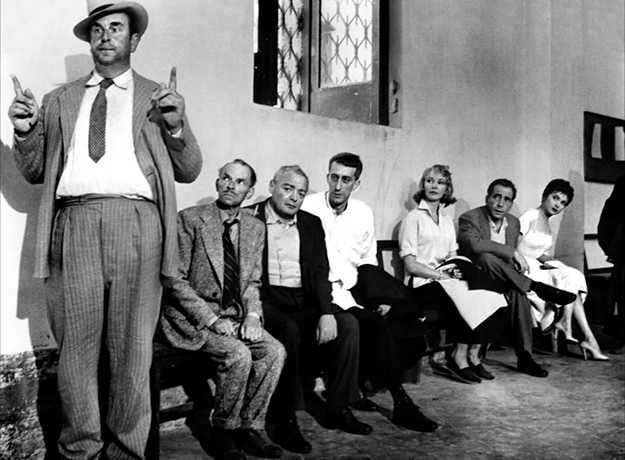
I’ve always thought the undeniable shambolic glamour of all those film artists living it up in Italy had something to do with Beat the Devil’s reputation. And much of the literature about the film plays up the legend. The movie is based on a novel by left-wing journalist Claud Cockburn, who’d been blacklisted and wrote under the synonym James Helvick. First attempts at a screenplay had been tossed out by Huston, who found himself in Italy with a stellar cast and no script. Jones’s husband, David O. Selznick, suggested Truman Capote, who’d just published The Grass Harp.
And as the tale is usually told, Capote arrived on location and began furiously writing, so hard on the heels of daily shooting that Huston would devise complex camera movements (evident in the movie, and often stunning) to slow down setup and give his script pages time to arrive. Amazingly, the cast was kept unaware of this; only Huston and Bogie were in on the secret. Hence the near-improvised feel of the film, and, with Capote writing, the ornate, at times quite literary dialogue.
It seems this isn’t the whole story, however. Elizabeth Lennard, an artist and filmmaker who was good friends with Claud Cockburn’s even more famous son Alexander, described herself as growing up “in the cult of Beat the Devil,” her whole family so obsessed with the film that they played clips at her father’s funeral. Alex Coburn himself called his legendary Voice column “Beat the Devil.” Toward the end of Alex Cockburn’s life, he asked Lennard to do a comparison between his father’s novel and the supposed day-by-day writings of Capote. And, said Lennard, “on close comparison of the Helvick/Cockburn novel and the Huston film, I discover that almost every line—including the wittiest—as well as all the character descriptions and almost all scene descriptions are contained in the book.”
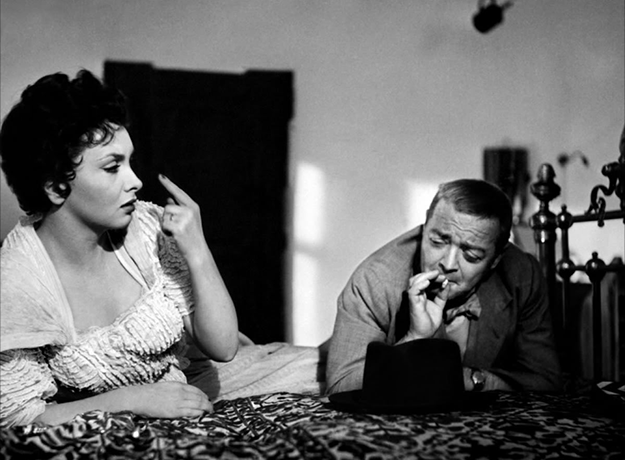
As for Huston concealing the lack of script from the actors, at least one of the stars wasn’t fooled. In West of Eden, Jean Stein reprints a letter from Jones to her husband:
Your predictions have all come true—he [Huston] just keeps ahead by minutes and in my case there is no question of performance—my job is solely to remember lines and positions [and] rattle them off as quickly as possible never mind the meaning etc. etc. All the time I think it must be my fault, but really I know it isn’t. John has just decided to make it a three ring circus with an assortment of types behaving in what he hopes is an untypical way but what seems to me only a sordid and completely unrelated one to the other way. Certainly my character has no reality of any kind and whether she is comedy, tragedy, or something “bourgeois” I haven’t a notion.
Well, don’t mind me (or Jones); the successful revival at Film Forum has proved I’m in the minority. Beat the Devil is the sort of eccentric, one-of-a-kind film that’s a natural candidate for cult status, and it has more to recommend it than a lot of other such films, especially now that it’s come back as its original, shaggy self.
Farran Smith Nehme writes about classic film on her blog, Self-Styled Siren, and recently published her first novel, Missing Reels. She is a member of the New York Film Critics Circle.



